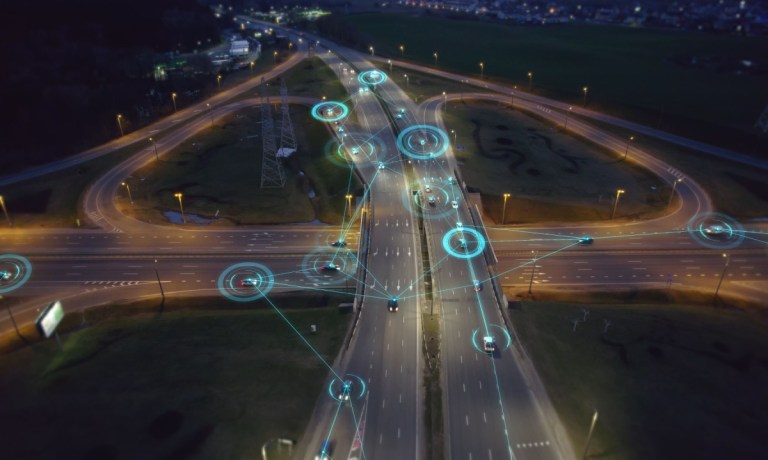
The U.S. government’s proposed ban on connected vehicle technology from China and Russia marks a significant shift in the approach to national security and cybersecurity within the automotive sector.
Once finalized, the proposed rule from the Department of Commerce would prohibit the import or sale of connected vehicles and related components that are designed, developed or manufactured by entities linked to China or Russia. This regulation specifically targets “vehicle connectivity systems” (VCS) like Bluetooth, satellite, cellular and Wi-Fi modules, as well as “automated driving systems” (ADS) that allow vehicles to operate autonomously. The first part of the proposed ban would take effect with model year 2027, essentially Jan. 1, 2026.
In a statement released on Monday (Sept. 23), the White House highlighted the growing security risks posed by connected vehicles, which have the ability to collect sensitive driver data, monitor locations and gather information on critical infrastructure. The Biden administration warned that nations such as China and Russia could exploit these capabilities to pose threats to U.S. national security.
“Chinese automakers are seeking to dominate connected vehicle technologies in the United States and globally, posing new threats to our national security, including through our supply chains,” the statement read. “The Biden-Harris Administration is committed to ensuring that our automotive supply chains are resilient and secure from foreign threats.”
Connected vehicles provide many benefits, the statement said, “from promoting vehicle safety to assisting drivers with navigation — but they also pose new and growing threats. These technologies include computer systems that control vehicle movement and collect sensitive driver and passenger data as well as cameras and sensors that enable automated driving systems and record detailed information about American infrastructure. Now more than ever, vehicles are directly connected into our country’s digital networks.”
This initiative arises from growing concerns over potential espionage and cyber threats linked to foreign technology in American vehicles, reflecting a broader strategy to safeguard the automotive supply chain and protect consumer data as connected vehicles proliferate.
National Security Adviser Jake Sullivan highlighted the urgency, noting: “We’ve already seen ample evidence of [China] pre-positioning malware on critical infrastructure for the purpose of disruption and sabotage. And with potentially millions of vehicles on the road, each with 10- to 15-year life spans, the risk of disruption and sabotage increases dramatically,” according to an NPR report.
Software fixes now account for more than 20% of all automotive recalls, according to a decade’s worth of National Highway Traffic Safety Administration recall data, which was analyzed by the law firm DeMayo Law. While that’s a sign of growing inconvenience for drivers, the silver lining is that a software patch is usually a much quicker fix than something requiring hardware replacement.
“Our analysis suggests we’re witnessing a shift in how automotive recalls are handled,” according to a spokesperson for DeMayo Law, speaking to Ars Technica. “The growing number of software-related recalls, coupled with the ability to address issues remotely, could revolutionize the recall process for both manufacturers and vehicle owners.”
China’s opposition to the U.S. proposal underscores the geopolitical tensions at play. A spokesperson from the Chinese Ministry of Commerce criticized the move, stating: “the U.S. practice has no factual basis, violates the principles of market economy and fair competition, and is a typical protectionist act,” according to a Wednesday (Sept. 25) report from The Economic Times.
Meanwhile, Volkswagen of America partnered with Google Cloud to launch a generative AI-powered virtual assistant in its myVW mobile app, initially available for 2024 Atlas and Atlas Cross Sport owners, with plans to expand to most 2020 and newer models by 2025. The assistant provides tailored maintenance information, helps interpret vehicle indicator lights and allows users to identify lights using their smartphone cameras.